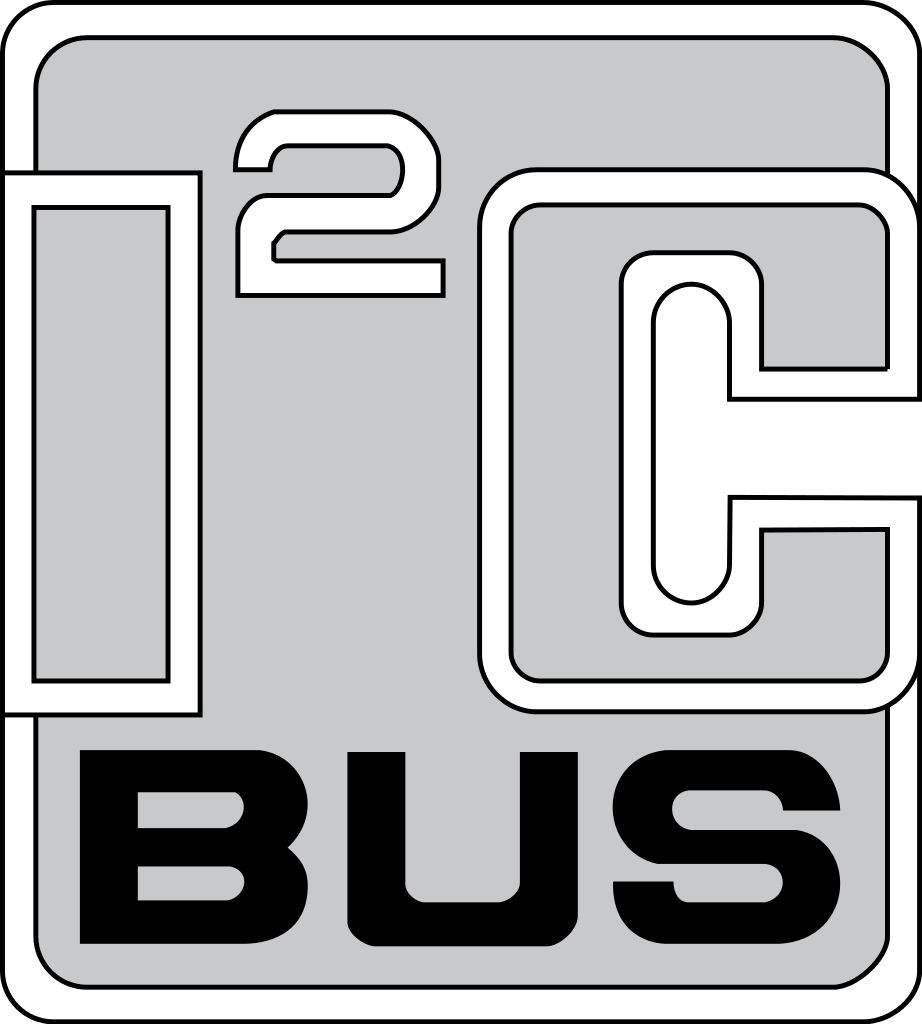
How Communication Protocol Work
On your daily use of communication protocols, have you ever wondered how they are actually working with the use of i2c, spi and uart? By taking advantage of reading this, you will be able to have a better understanding of communication protocols and how does it work.
In the world of telecommunications, a communication protocol is best describes to be the system of riles allowing 2 or more entities from the communication system in transmitting information by means of different types of a physical quantity. Also, these protocols are considered to be the rules defining semantics, syntax as well as communication synchronization and potential methods for recovery. And, there are three known serial protocols namely i2c, spi and uart.
A computer system is using well-defined protocols the same to i2c, spi and uart in exchanging various messages where each of the messages has its own exact meaning that is intended in eliciting the response together with any possible responses being pre-determined in a particular situation.
Moreover, the communication protocols with a serial either of i2c, spi, or uart need to agree upon in a situation where the parties are involved. In order to reach the agreement, a protocol has to be developed into a technical standard.
Generally, the main function of the communication is to have an actual data exchange and include any of the state-dependent behavior based on the communication standard standards. So, how communication protocols work with the aid of i2c, spi and uart?
- Exchange of digital messages. In exchanging the data formats for the data, there should be bitstrings which are divided into various fields that are all relevant to the protocol.
- Data exchanging from address formats. Here, the address is used in identifying the sender and intended receiver. And the addresses are being stored at the header area of the bitstrings which allows the receiver in determining whether the bitstrings are actually intended for themselves or need to be processed or ignored.
- Mapping the address. In some instances, the protocols are in need of mapping addresses from one scheme address to another.
- In case the systems are connected indirectly, the intermediary together with the route of the intended receiver has to forward messages on behalf of the sender.
- Detecting transmission errors. Detection of the transmission errors in quite important to networks that cannot guarantee an error-free operation.
- You have to acknowledge the correct packet receptions for you to have connection-oriented communication with any of i2c, spi and uart. These acknowledgments are being sent from the receiver back to the respective senders.
- Information flow. There is a need for information flow direction which has to be addressed in case the transmission is only capable of occurring in one direction.
- Sequence control. The pieces of the bitstrings can be delayed or get lost or may take different routes to the network type destination.
- Flow control. You will need a flow control so that when the sender is transmitting faster compared to the receiver or even to the intermediate network equipment, the transmission process is possible. Also, this flow control can be easily implemented by means of messaging from the receiver to sender.
De tekst is vrij lastig on goed te lezen.
Het lijkt mij aan te raden, om de achtergrond te veranderen. De twee onderdelen zijn namelijk beide zwart
Whahahahah. What’re you fucking gay?
I simply want to tell you that I’m very new to blogging and site-building and honestly loved your blog. Almost certainly I’m likely to bookmark your website . You actually come with superb stories. Regards for revealing your website page.